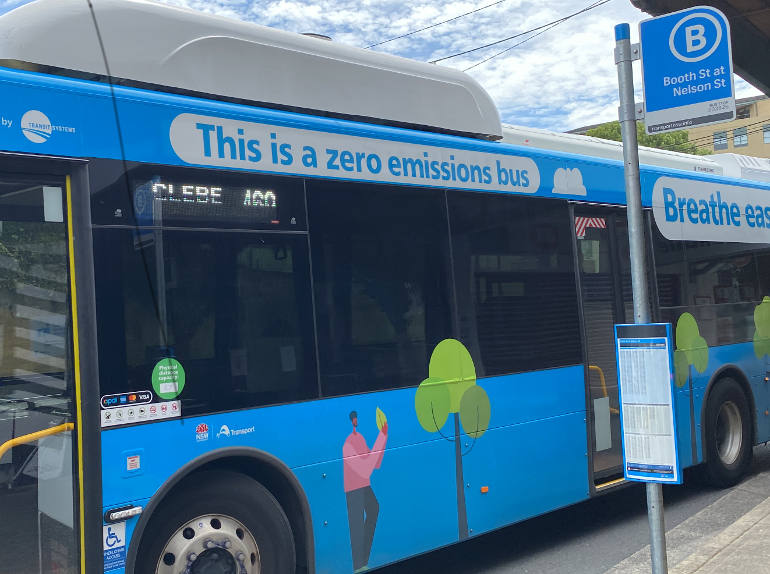BY FLEET HV NEWS TEAM MARCH 21, 2024

It’s been called a “once in a century” opportunity based on the history of the automotive industry, and the 100 years of fossil fuel powered transport. Consumers have been the early adopters; fleets of passenger vehicles are starting their transition to electric cars; and now the bus industry in NSW, VIC and QLD is ready to transition over 20,000 buses to zero emissions.
After selling 60 electric buses to the NSW Government in 2021, GoZero Group were planning to help them replace all 8,000 buses over a 10 year period, until the music stopped. Now current CEO, Stephen Cartwright, is looking forward to the future after rapidly doubling the fleet size at North Sydney Bus Charter (thanks to electric coaches); securing $105m of funding from the CBA to support growth; and gaining a commitment from State Governments to progress with the transition to zero emission bus fleets.
“We’ve substantially expanded the operation since I joined,” explains Cartwright. “We’ve integrated the North Sydney Bus Charter business, and doubled its size in the last eight months.”
“When we acquired NSBC last July, they had about 220 buses in the fleet. Now, as a result of being able to offer the electric buses and coaches, and as a result of being our own OEM, we’ve almost doubled the fleet to about 400.”
“Because we’ve won so many new customers, including about 50 new schools, we had to almost double the size of the fleet. We’ve also had to lease two more depots as well, one in southwest Sydney and one out near the airport. So, it’s been an incredible eight months and very exciting.”
“And, of course, the CBA support with a $105 million facility that supports our asset financing and purchasing activities, that’s made a huge difference as well, because it’s allowed us to accelerate the manufacture of the electric buses.”
One of the challenges for fleets planning to accelerate their EV transition is access to financers that are willing to take a risk with relatively new technology, and the unknown future value of electric powertrains.
Cartwright sees the traditional asset lifecyle of buses changing, which will provide confidence to banks and other lenders while also potentially changing the age profile of the current bus fleet.
“There’s no doubt that companies that finance fleets are having to get comfortable with the new world of ZEBs. But there’s a certain reality that they have to face. And that is that all of the major manufacturers of trucks,buses and heavy vehicles will be phasing out their manufacturing of diesel and petrol engines in the 2030s. So, there’s an inevitability about the transition that funders, financiers and banks will have to get their heads around.”
“One of the other things that the industry is going to deal with is the fact that there are, today, in some bus fleets, 25 year old buses still running around. With electric buses, there will be a point at which the battery, just like with an iPhone, will reduce down to say 75% total capacity for recharge.”
“At that point, there’s going to be a need for a new chassis with battery and wiring loom, but you can probably recycle most of the body parts. You’re probably looking at 10 to 12 years where that refurbishment will need to be done. I guess in 10 years from now we will have to determine whether it’s actually cheaper to buy a new bus and then recycle the parts of the old one.”
“There’s no doubt that the batteries themselves can have a second life. We intend to pull them out of our buses and batch them together to create an Energy Storage capability at our depots which will allow us to purchase renewable energy during the day when it is cheap and then at night time, when the buses come in and need to be recharged, and power is more expensive, we can release that stored energy back into back into our buses.”
“So, there’s a second life for the batteries. They might not be able to hold enough charge to be able to support the range that we need for the buses, but we can pull them out of the buses and create an ESS energy storage capability in each of the depots.”
“In effect, we have to change the way we think about not having these 25 year old diesel clunkers running around, but instead develop a whole new way of thinking about buying, maintaining, and ultimately refurbishing or replacing these Zero Emission buses.”